How to Layer: Acid + Active Combinations That Pack A Punch

Curious about topical acids but not quite sure how to fit them into your routine? We hear you. Our acids are formulated with powerful, skin-supportive ingredients that can be layered with other actives to help you create a routine that feels balanced, effective, and tailored to your skin goals.
THE SCIENCE BEHIND IT…
OVERALL CLINICAL DATA ON SPECIFIC INGREDIENT(S) & HOW THEY FUNCTION:
Acids can be incorporated into many skincare regimens, especially when paired with actives that complement their functions. When chosen thoughtfully, these combinations can support similar skin goals and enhance the overall look and feel of the skin.
Acid layering combinations that pack a punch:
Azelaic Acid + Niacinamide:
Layering azelaic acid with niacinamide can support a smoother-looking, more even-toned complexion. Azelaic acid helps refine the feel of the skin by encouraging a more regular buildup and shedding of surface cells. Niacinamide complements this by supporting a balanced-feeling skin barrier and helping the skin appear calm and even. Together, they can contribute to skin that looks clearer and more uniform.
Polyhydroxy Acids + Retinol:
Pairing PHAs with retinol can help promote skin that looks smoother, refined, and radiant. Retinol works beneath the surface to encourage a fresh, renewed-looking complexion over time. PHAs—because of their larger molecular size—tend to stay on the surface, where they gently refine texture while supporting hydration. When layered, PHAs can help the skin feel more comfortable during retinol use and contribute to a firmer-, more even-, and refreshed-looking appearance.
Mandelic Acid + Vitamin C:
Mandelic acid and vitamin C can work together to support skin that appears bright, refined, and smooth. Mandelic acid’s slower absorption makes it a gentle option for soft surface exfoliation, helping the skin feel more even and polished. Vitamin C enhances radiance and supports a more uniform-looking tone. Together, they can leave the skin looking luminous, balanced, and freshly revitalized.
Tranexamic Acid + Alpha Arbutin:
Tranexamic acid and alpha arbutin make a complementary pairing for supporting a more even-looking complexion. Both ingredients are known for helping improve the appearance of uneven tone and enhancing the skin’s overall radiance. By working along different pathways of pigment formation, they can help visibly soften areas of discoloration and promote a brighter, well-balanced look.
Mandelic Acid + Salicylic Acid:
Mandelic and salicylic acids can work in tandem when you want skin that looks smoother, clearer, and more refined. Mandelic acid offers gentle surface exfoliation for a more polished appearance, while salicylic acid—being oil-soluble—helps visibly refine the look of pore congestion. Layered together, they can support a brighter-looking complexion with a smoother feel and balanced appearance across a range of skin types.
Tips for Using Acids Comfortably
If you’re new to acids, starting slowly can help your skin adjust. Try using an acid a couple of times per week and gradually increase frequency once you know how your skin responds. Acids with smaller molecular sizes may feel stronger, while those with larger molecular sizes tend to feel gentler.
Reducing other exfoliants—like scrubs—can help prevent over-exfoliation, and pairing acids with hydrating ingredients such as ceramides, humectants, and nourishing lipids can help maintain comfort and balance.
Always patch test before introducing a new acid and allow time for your skin to acclimate. Over-exfoliating may leave the skin feeling tight or looking flushed, so paying attention to how your skin reacts is key. There’s no strict right or wrong way to layer—what matters most is choosing combinations that align with your goals and feel good on your skin.

DISCLAIMER:
Lab Journals are intended to help educate on specific ingredients and skin care topics. Our articles are written to be informative and informational.
Please note any Naturium products with referenced ingredients are formulated for Cosmetic Use Only and NOT intended as replacements for physician pharmaceutical product recommendations.
SOURCES:
- 1https://www.ncbi.nlm.nih.gov/pubmed/15002656
- 2https://www.ncbi.nlm.nih.gov/pmc/articles/PMC3834725/
- 3Garg VK, Sinha S, Sarkar R. Glycolic acid peels versus salicylic-mandelic acid peels in active acne vulgaris and post-acne scarring and hyperpigmentation: a comparative study. Dermatol Surg. 2009;35:59–65.
- ...


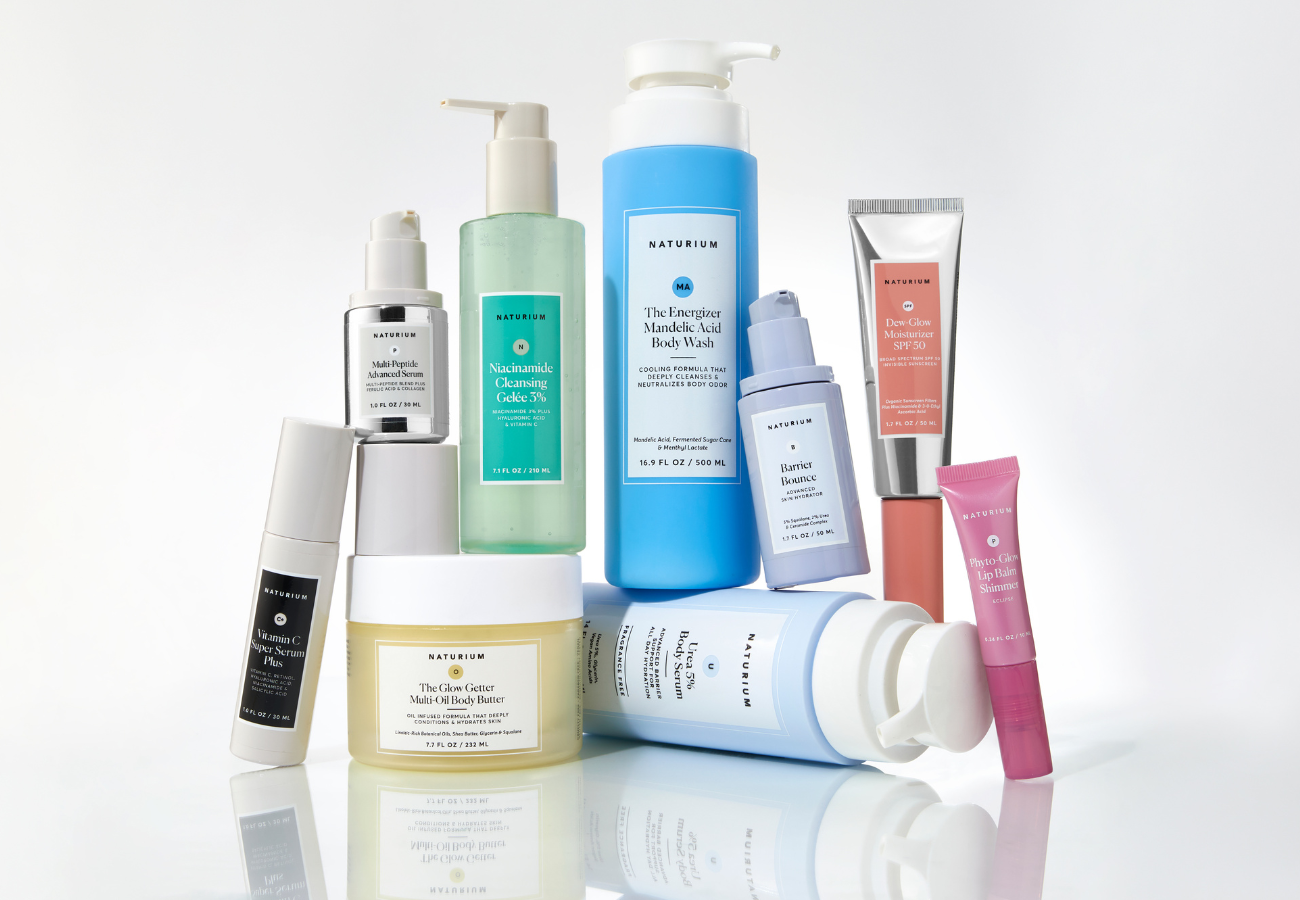
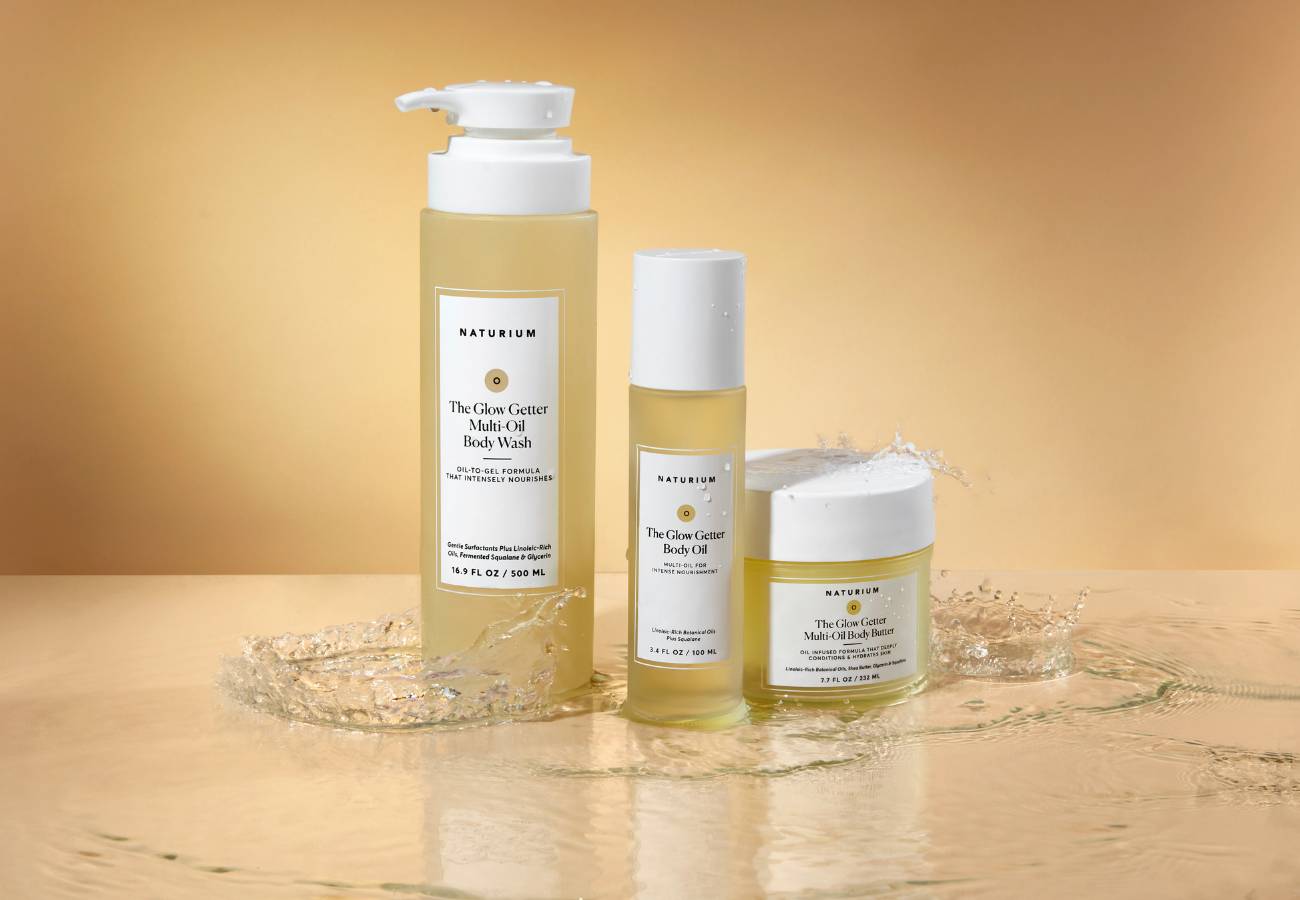
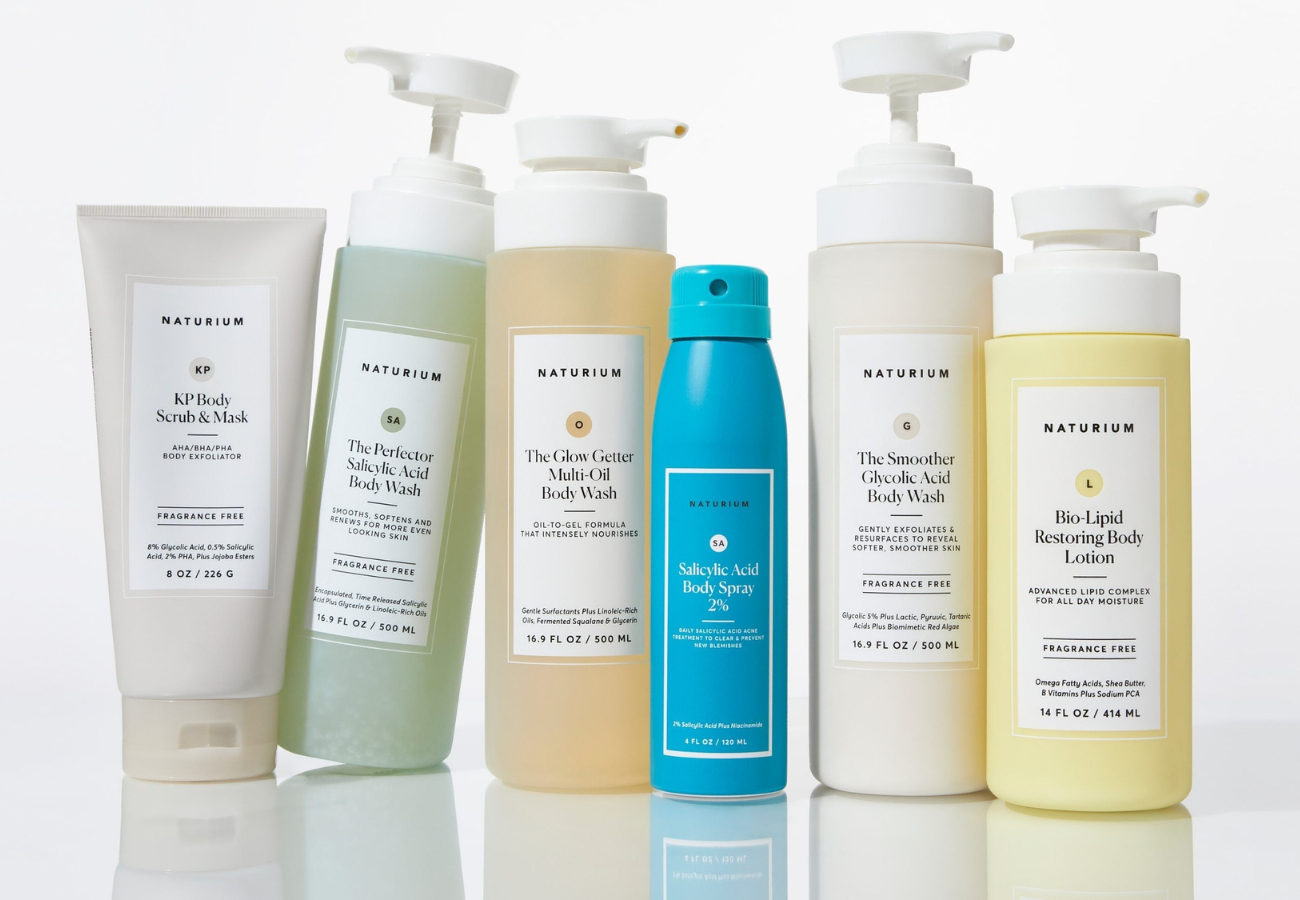
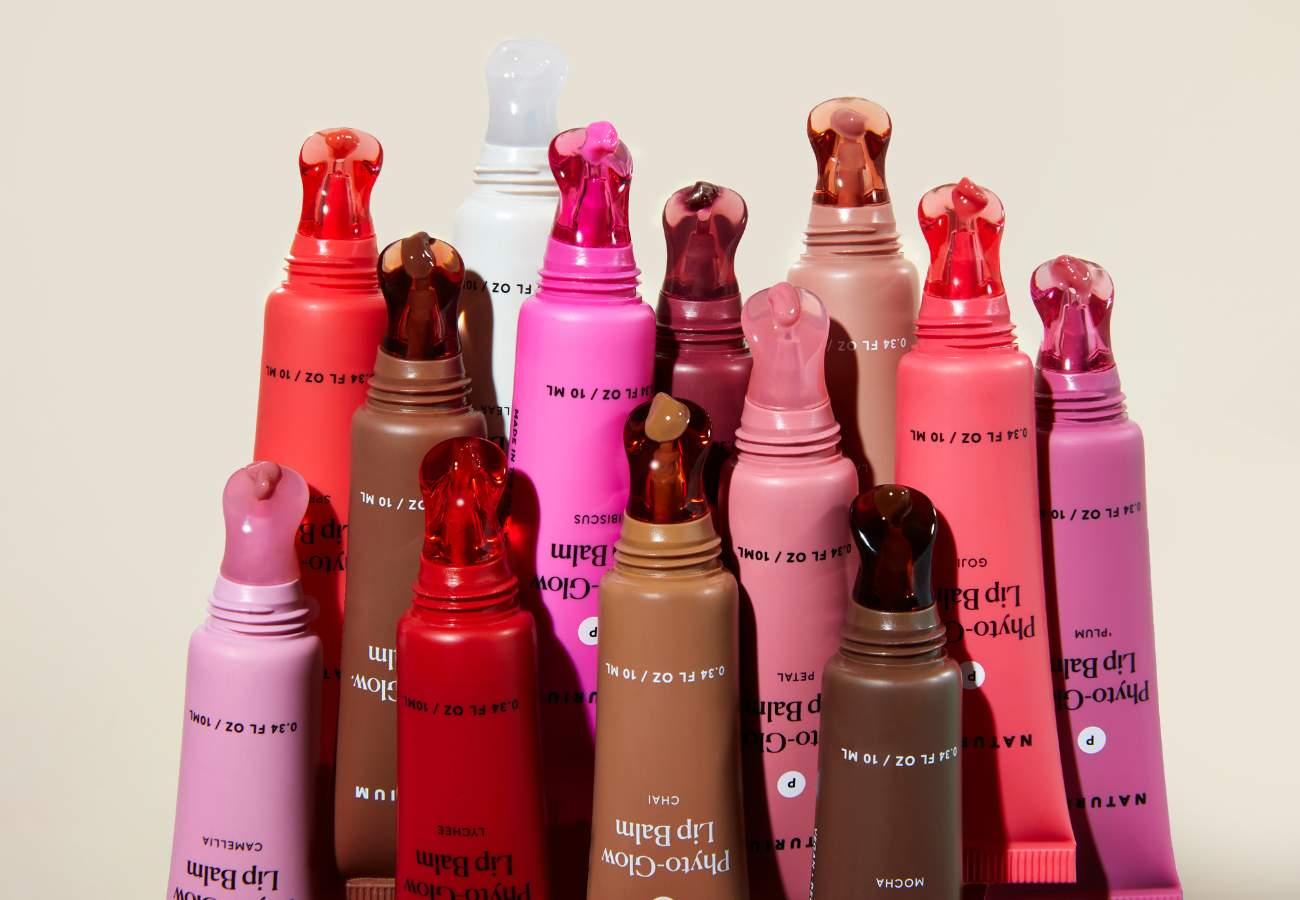
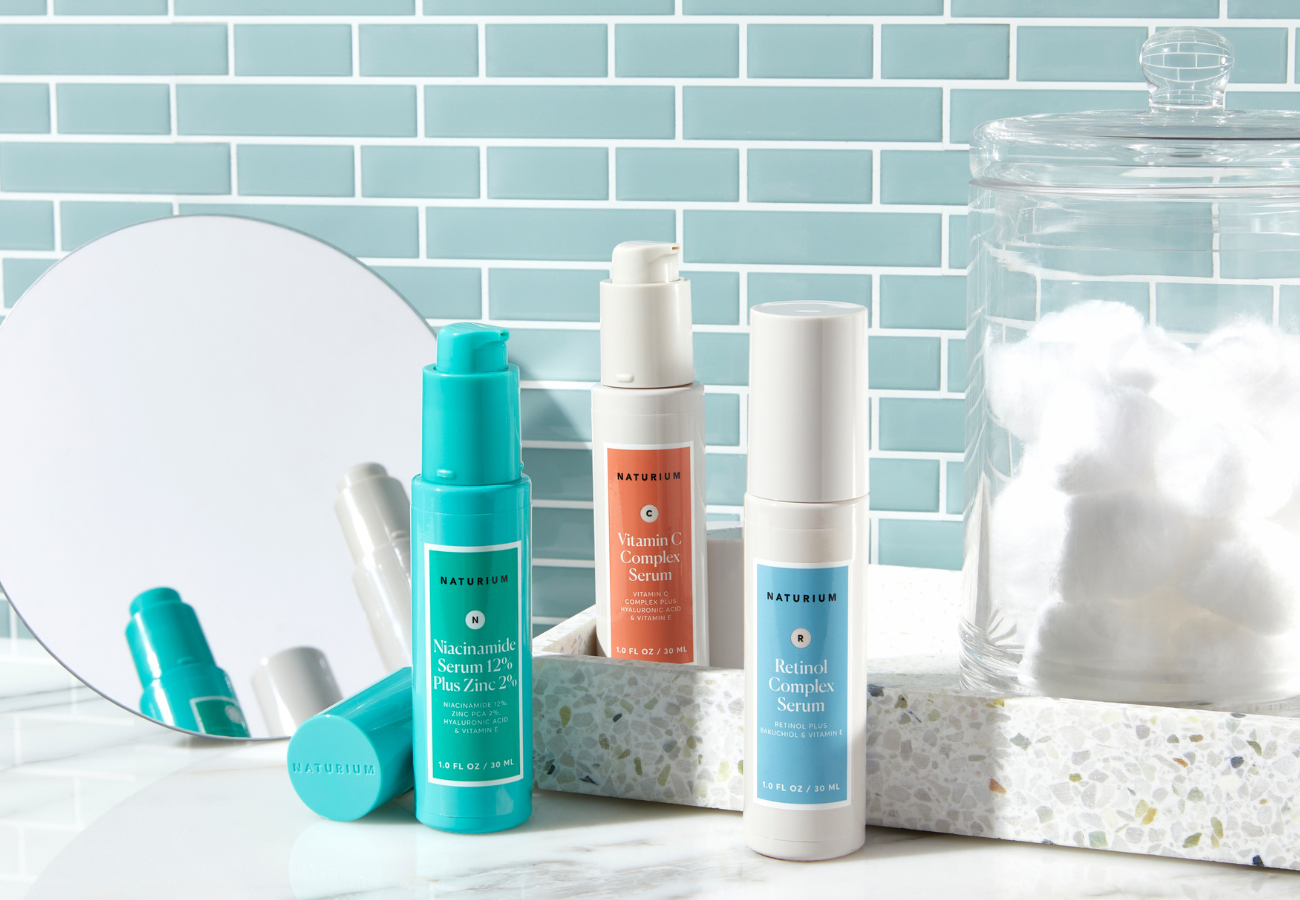
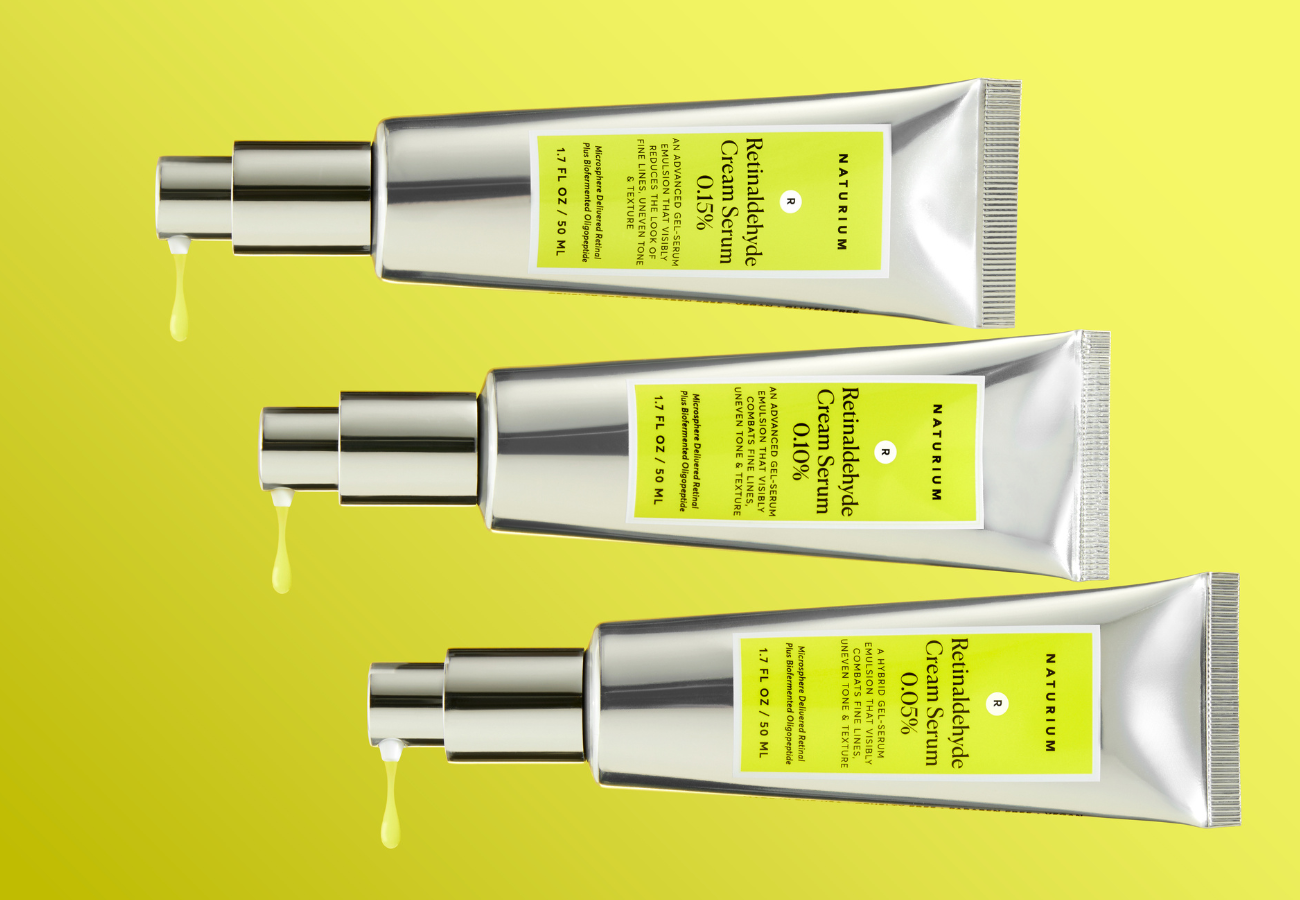

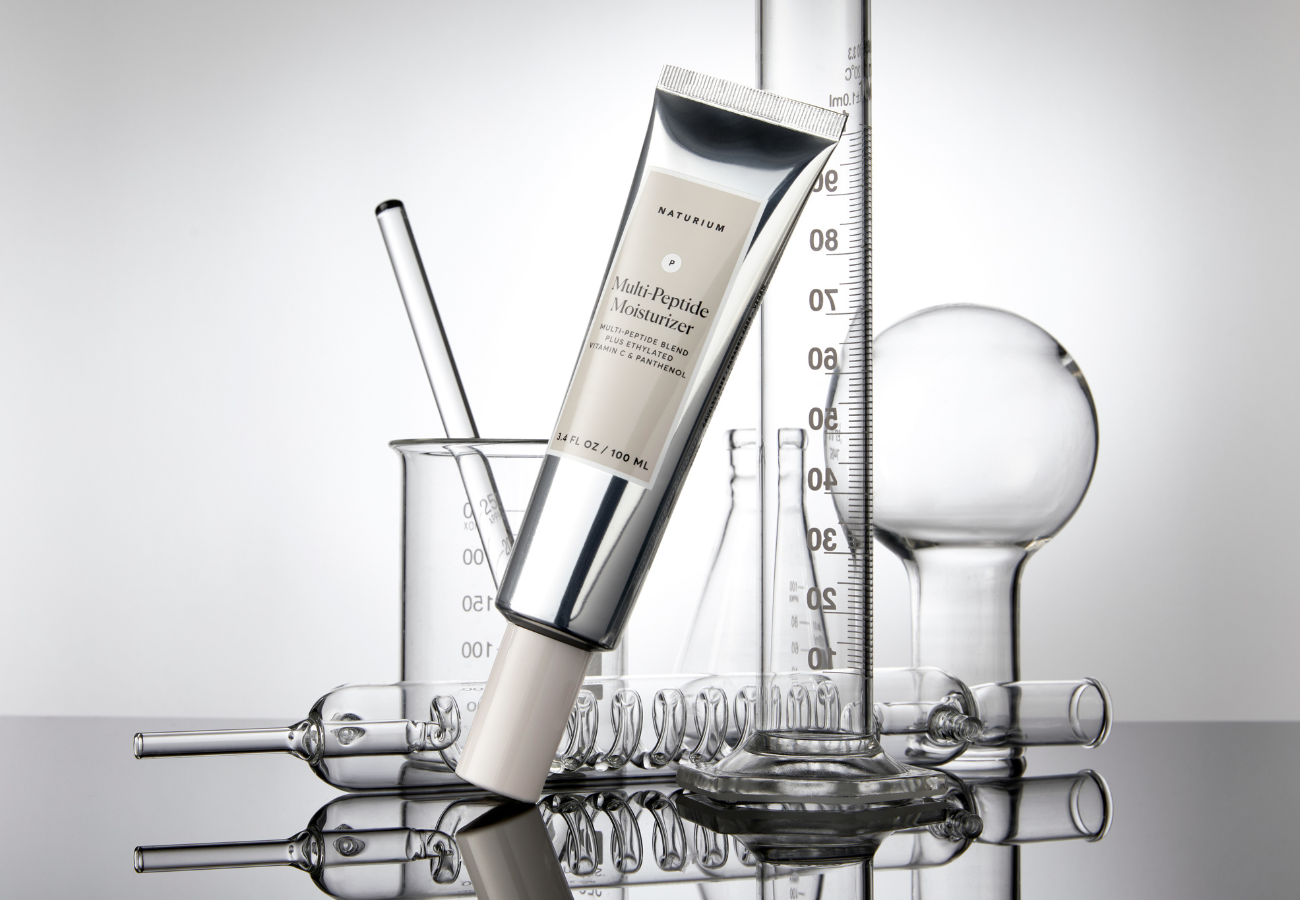

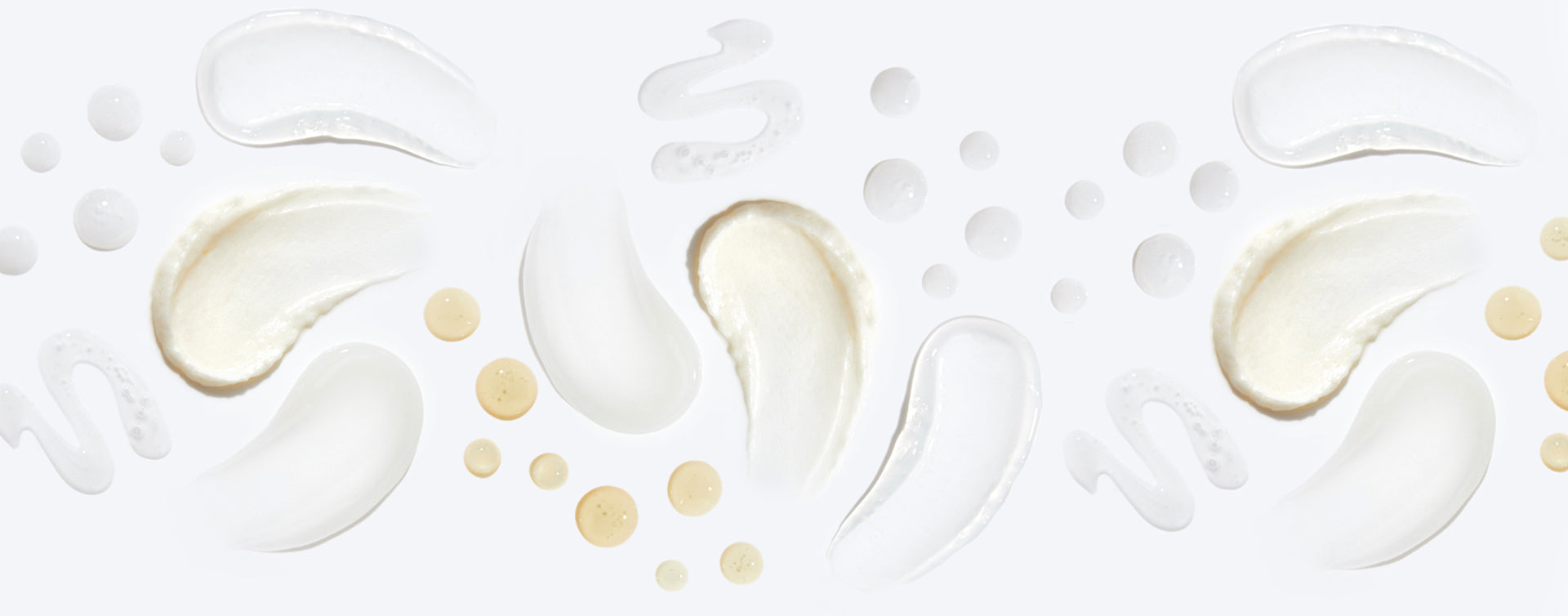
Leave a comment
This site is protected by hCaptcha and the hCaptcha Privacy Policy and Terms of Service apply.